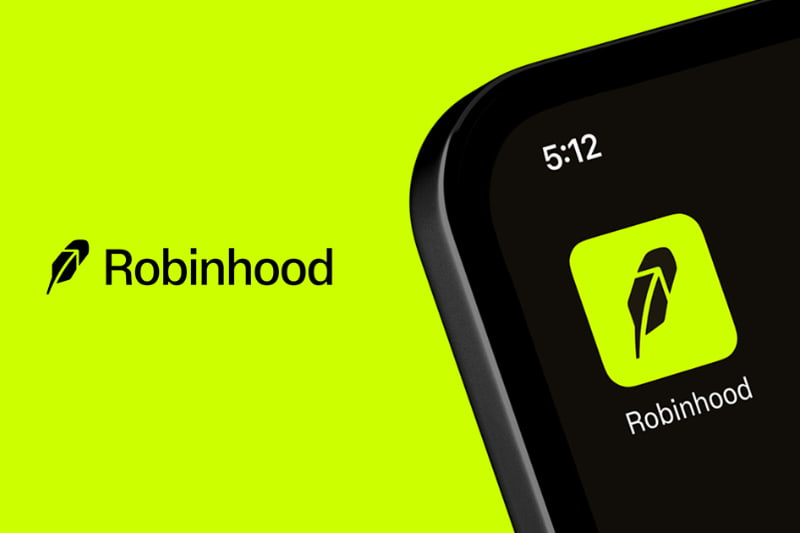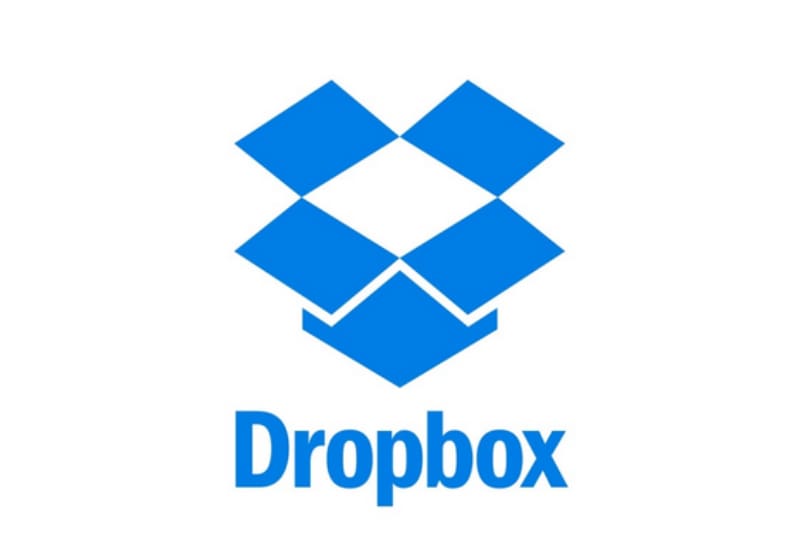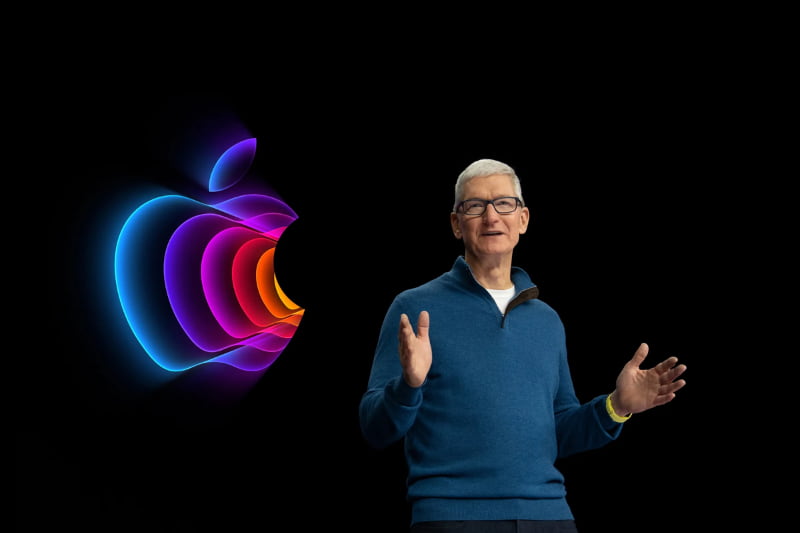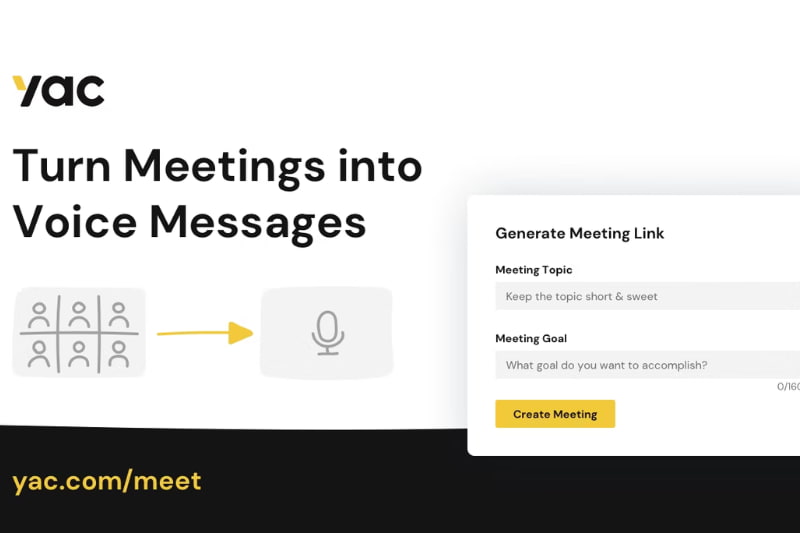A successful product launch doesn't happen by chance - it requires detailed planning, strategic thinking, and flawless execution. Let's with Vietnamevent learn how to develop an effective product launch process, captivate your audience, stand out in the market, and deliver lasting results through 8 new product launch examples successfully.
Why Product Launch Events Are Important
Product launch events serve as the stage for a brand’s moment of glory, showcasing its latest innovation to the world. They’re not just a chance to display a product - they’re an opportunity to make a lasting impression, attract media attention, and engage potential customers. These events can define a product’s trajectory, influencing its perception and success in the market.
A well-executed product launch event:
-
Generates Buzz: Excitement surrounding the launch can lead to word-of-mouth marketing and viral content.
-
Builds Credibility: A professional event reinforces the brand's reputation and commitment to quality.
-
Engages Customers: Memorable events create an emotional connection with the audience, fostering loyalty and advocacy.
Let’s dive into some new product launch examples that exemplify how impactful these events can be.
>> Read more: Product Launch Checklist: How to Ensure a Successful Launch
Examples of Successful Product Launch Events
Robinhood
Robinhood disrupted the investment landscape with its groundbreaking commission-free trading platform. Its launch wasn’t just about a product; it was about democratizing finance for younger, tech-savvy audiences who were often overlooked by traditional financial institutions.

Why was this event successful?
-
Clear Value Proposition: Robinhood's zero-commission trading was revolutionary, appealing to beginner investors looking for low-cost ways to grow their wealth. The messaging was straightforward, cutting through industry jargon to speak directly to its audience.
-
Digital-First Campaign: Robinhood capitalized on digital platforms, particularly social media and email campaigns, to build anticipation. Its referral-based waitlist garnered over 1 million sign-ups even before the product launch release officially, creating a sense of exclusivity and buzz.
-
Gamification and Community Engagement: The app’s simple, gamified interface encouraged engagement and repeat usage. By incentivizing users to invite friends through referral bonuses, Robinhood fostered organic growth and loyalty.
This example emphasizes the importance of simplicity and utilizing digital tools to build pre-launch momentum.
Dropbox
Dropbox took a minimalist yet highly effective approach to its product launch campaign. Without the fanfare of a major event, it relied on a single explainer video to communicate its value proposition: seamless cloud storage and file sharing.

Why was this event successful?
-
Word-of-Mouth Marketing: Dropbox’s referral program, which rewarded users with extra storage for inviting friends, created exponential growth. It transformed early adopters into brand advocates, making them feel personally invested in the platform’s success.
-
Simplicity in Messaging: The explainer video was concise, visually engaging, and easy to understand. In under two minutes, viewers grasped Dropbox's functionality and how it solved a common problem.
-
Understanding Pain Points: Dropbox directly addressed its audience's frustration with existing file-sharing options, offering a solution that was both intuitive and reliable.
This approach highlights the power of simplicity and leveraging satisfied users to amplify your reach.
Apple
Apple’s 2007 launch of the iPhone is a gold standard in product launches. The event redefined what a smartphone could be and cemented Apple’s place as an industry leader.

Why was this event successful?
-
Masterful Storytelling: Steve Jobs’ keynote presentation accompanied by an interesting product launch slide was a lesson in storytelling. He describes the iPhone as “three revolutionary devices in one” - a phone, an iPod, and an internet communicator - building suspense and driving home the product's uniqueness.
-
Live Demonstrations: The hands-on demo allowed audiences to see the iPhone’s capabilities in real time, showcasing its intuitive interface and cutting-edge features like multi-touch gestures.
-
Exclusive Brand Image: Apple’s reputation for innovation and its limited initial availability created urgency and desire among consumers.
Apple’s focus on building emotional connections through storytelling and live interaction demonstrates the profound impact of engaging presentations.
Airbnb
Airbnb’s represented product launch examples that were unconventional but perfectly aligned with the company’s mission of providing unique, affordable accommodations. Instead of a splashy event, it solved a practical problem: finding housing during the 2008 Democratic National Convention.

Why was this event successful?
-
Relevance to the Audience: Airbnb positioned itself as the go-to solution for attendees struggling to find hotel rooms. This strategic timing allowed the platform to showcase its value in a high-demand scenario.
-
Personalized Outreach: Airbnb’s founders personally reached out to bloggers and attendees, creating an authentic, grassroots buzz around the platform.
-
Highlighting Unique Experiences: By focusing on shared spaces and the idea of “living like a local,” Airbnb differentiated itself from traditional hotel chains.
Airbnb’s example underscores the importance of timing, authenticity, and addressing real-world challenges with innovative solutions.
Yac
One of the launches of new product examples is Yac, a voice messaging platform designed for remote teams, that bypassed traditional launch methods and instead leveraged Product Hunt to introduce its product.

Why was this event successful?
-
Niche Market Focus: Yac targeted the growing community of remote workers and businesses, addressing the need for efficient, asynchronous communication tools. Since COVID-19, teleworking has been an outstanding working pattern and businesses tend to make use of online platforms to facilitate their working process. Therefore, Yac was smart in mounting this introduction stage of a product to help gauge the effectiveness among online employees.
-
Engagement on Launch Day: Yac actively participated in conversations on Product Hunt, responding to comments, answering questions, and gathering feedback in real time.
-
Building Community Trust: By engaging directly with early adopters, Yac established credibility and demonstrated a genuine interest in improving its product.
This example highlights the value of understanding your target market and using niche platforms to connect directly with potential customers.
UVMask
UVMask’s Kickstarter was the launch of a new product example - being done during the pandemic, which was perfectly timed to address heightened concerns about personal safety. Its combination of high-tech filtration and UV-C sterilization technology resonated with backers.

Why was this event successful?
-
Addressing Urgent Needs: UVMask launched at a time when health and safety were top priorities, offering a solution that combined innovation and practicality.
-
Community Engagement: Crowdfunding allowed UVMask to involve early adopters in the product journey, creating a loyal customer base.
-
High-Impact Visuals: The campaign used professional videos and graphics to demonstrate the mask’s features, ensuring potential backers understood its value.
UVMask’s success underscores how addressing current demands with a strong visual campaign can generate interest and trust.
Cybertruck
Tesla’s Cybertruck is one of the new product launch examples that broke the internet with its bold, futuristic design and unconventional live demo.
Why was this event successful?
-
Distinctive Aesthetic: The angular, sci-fi design polarized opinions, but this uniqueness guaranteed widespread media attention and social media discussions.
-
Dramatic On-Stage Demonstration: Despite the infamous “unbreakable” glass failure, the live demo highlighted the vehicle’s ruggedness and sparked curiosity.
-
Immediate Pre-Orders: Tesla allowed reservations on launch day, resulting in over 250,000 pre-orders within a week, showcasing the power of exclusivity and anticipation.
Tesla’s approach shows that polarizing designs and bold claims can generate significant buzz and engagement.

Liquid Death
Liquid Death entered the saturated bottled water market with a rebellious, punk-inspired brand identity.
Why was this event successful?
-
Unique Branding: With slogans like “Murder Your Thirst,” Liquid Death positioned itself as a counterculture product, appealing to eco-conscious millennials and Gen Z.
-
Viral Marketing: Creative ads featuring irreverent humor and over-the-top storytelling captured widespread attention, generating millions of views.
-
Lifestyle Integration: By branding itself as more than water - an attitude and lifestyle - Liquid Death created a loyal customer base that resonated with its edgy ethos.
This example demonstrates the effectiveness of bold, unconventional branding in standing out in competitive markets.
Key Takeaways
These new product launch examples highlight diverse strategies for creating successful campaigns. Whether it’s through bold branding, innovative storytelling, or engaging directly with a niche audience, the lessons from these examples can inspire your next product launch.
Lessons Learned from Product Launch Events
Examining these new product launch examples reveals several critical lessons that can guide your strategy for a successful product introduction:
-
Understand Your Audience
Successful product launches begin with a deep understanding of your target audience. Robinhood resonated with millennials by addressing their frustrations with traditional trading platforms, while Airbnb tapped into travelers seeking affordable, local experiences. Tailoring your message to your audience’s needs ensures relevance and builds trust. -
Tell a Compelling Story
Storytelling is a powerful way to connect with your audience. Apple’s iPhone launch is a prime example of using a clear, captivating narrative to showcase innovation. A compelling story not only explains what your product does but also why it matters, creating an emotional bond that drives engagement. -
Timing and Relevance Are Key
A well-timed launch can significantly impact success. Airbnb’s launch during a high-demand event and UVMask’s debut amidst pandemic-related concerns demonstrated the value of addressing real-world needs at the right moment. Strategic timing helps your product feel indispensable. -
Leverage Multi-Channel Marketing
A diverse marketing approach amplifies your reach. Apple’s live events, Robinhood’s digital-first strategy, and Liquid Death’s viral campaigns show how combining social media, PR, and direct outreach can create a broader impact. A multi-channel approach ensures your product captures attention across varied platforms.
By focusing on these four areas - audience, storytelling, timing, and marketing channels - you can develop a launch strategy that creates buzz, drives engagement, and ensures long-term success.
The Importance of Preparation and Planning
A successful product launch goes beyond flashy campaigns - it’s about laying a solid foundation through deliberate preparation. Here are three distinct aspects to focus on:
-
Internal Alignment and Team Coordination
One of the most overlooked factors in a product launch is ensuring internal alignment across all departments. Marketing, sales, product development, and customer support must work together seamlessly. This includes setting clear roles, timelines, and communication channels to avoid bottlenecks or confusion. A well-coordinated team ensures the launch executes smoothly, leaving no detail overlooked. -
Supply Chain and Operational Readiness
No matter how great the buzz is, a product launch can fail if supply chain or operational issues arise. Ensuring inventory is sufficient, distribution channels are optimized, and customer support is prepared to handle inquiries are all critical. A robust logistics plan reduces the risk of delays or negative customer experiences, especially during the critical first weeks after launch. -
Compliance and Risk Management
Preparing for a product launch also means addressing legal, regulatory, and reputational risks. From securing patents and trademarks to ensuring compliance with industry regulations, these steps protect your product and brand. Additionally, preparing a crisis management plan can help mitigate unforeseen challenges, such as negative feedback or technical issues, ensuring your team can respond quickly and effectively.
By focusing on these operational and strategic aspects, you can ensure a smoother, more reliable product launch that builds trust with your audience while safeguarding your brand's reputation.
Analyzing the Factors That Lead to Success and Failure
Understanding the factors behind successful and unsuccessful product launches is critical for refining your strategy and maximizing impact. Both successes and failures provide valuable lessons that can help you create more effective campaigns and avoid common pitfalls.
Success Factors
-
Strong Value Proposition
Products with a clear and compelling value proposition tend to resonate more with their target audiences. For instance, Apple’s iPhone launch succeeded because it promised a revolutionary device that combined a phone, music player, and internet browser. A strong value proposition ensures your audience immediately understands why your product matters and how it solves their problems.
-
Targeted Campaigns
Tailored product launch marketing campaigns that speak directly to the needs and preferences of your target audience are key to a successful launch. Robinhood's campaign targeted younger, tech-savvy investors by emphasizing ease of use and commission-free trades, effectively differentiating the product from traditional platforms. This kind of laser-focused approach helps create stronger connections and drives engagement.
-
Customer Engagement
Actively involving your audience during the launch process fosters trust and excitement. Platforms like Kickstarter and Product Hunt exemplify how engaging with potential customers early on can generate buzz, secure funding, and gather invaluable feedback. Creating opportunities for your audience to participate - whether through beta testing, sneak previews, or Q&A sessions - builds a sense of community and loyalty.
Failure Factors
-
Poor Timing
For a product launch campaign, releasing a product at the wrong time can drastically limit its success. Products introduced during economic downturns, off-peak seasons, or amidst more dominant competitors may struggle to gain traction. Timing is a critical factor, and understanding market conditions and consumer behavior is essential to choosing the right moment for your launch.
-
Lack of Research
Failing to understand your target market, competitors, or industry trends often leads to misaligned messaging and unmet customer needs. For example, a product that solves a problem already addressed by existing solutions without offering distinct benefits will struggle to stand out. Thorough research lays the foundation for a launch strategy that aligns with your audience’s desires.
-
Inadequate Promotion
Even the most innovative products can fail if their launch isn’t accompanied by effective promotion. Without strong visibility, your product may be overlooked or dismissed by your target audience. Examples of inadequate promotion include campaigns that fail to leverage multiple channels, insufficient budget allocation, or weak messaging that doesn’t effectively communicate the product’s value.
Bridging Success and Failure
Analyzing both successful and failed launches can provide a roadmap for your product’s introduction. By emulating success factors - such as a strong value proposition and audience engagement - and avoiding common mistakes like poor timing or lack of research, you can develop a launch strategy that maximizes your product's potential and mitigates risks. A reflective and proactive approach ensures that your launch aligns with market needs, builds excitement, and achieves your business objectives.
Conclusion
Product launches are pivotal moments for brands, offering opportunities to captivate audiences and establish market presence. The new product launch examples discussed here showcase diverse strategies, from Robinhood’s digital buzz to Tesla’s headline-grabbing theatrics.
At VietnamEvent, we specialize in providing product launch event services tailored to your brand’s needs. With our expertise, your product’s debut can be as iconic as these examples.
Please contact us - a leading event organizer company in Vietnam today through the hotline, mobile, or WhatsApp at (+84) 913 929 182 - (+84) 918 640 988 to learn how we can support your next product launch.
____________________________________
VietnamEvent | Local Brand - Global Expert
Hotline/Mobile/Whatsapp: (+84) 913 929 182 - (+84) 918 640 988
Email: annie@vietnamevent.com
Address:
- 29 Doan Thi Diem str., Dong Da dist., Hanoi
- 217 Tran Phu str., Hai Chau dist., Danang
- 5 Hoa Cau str., Phu Nhuan dist., Ho Chi Minh City
- Others: Singapore


